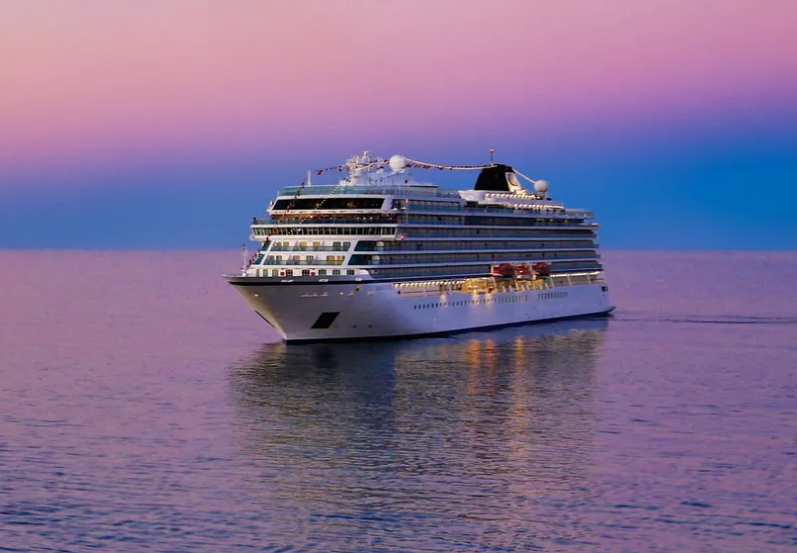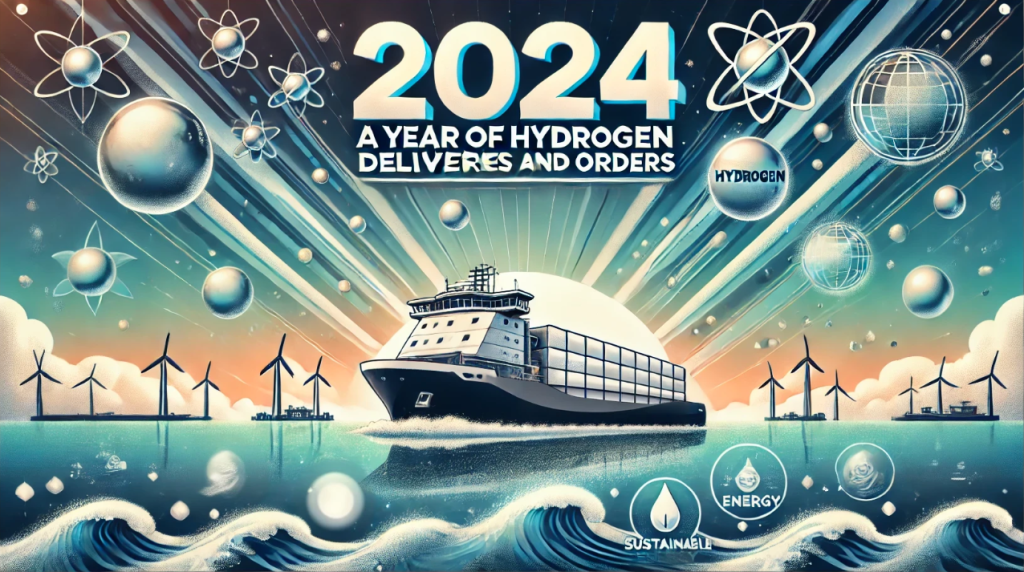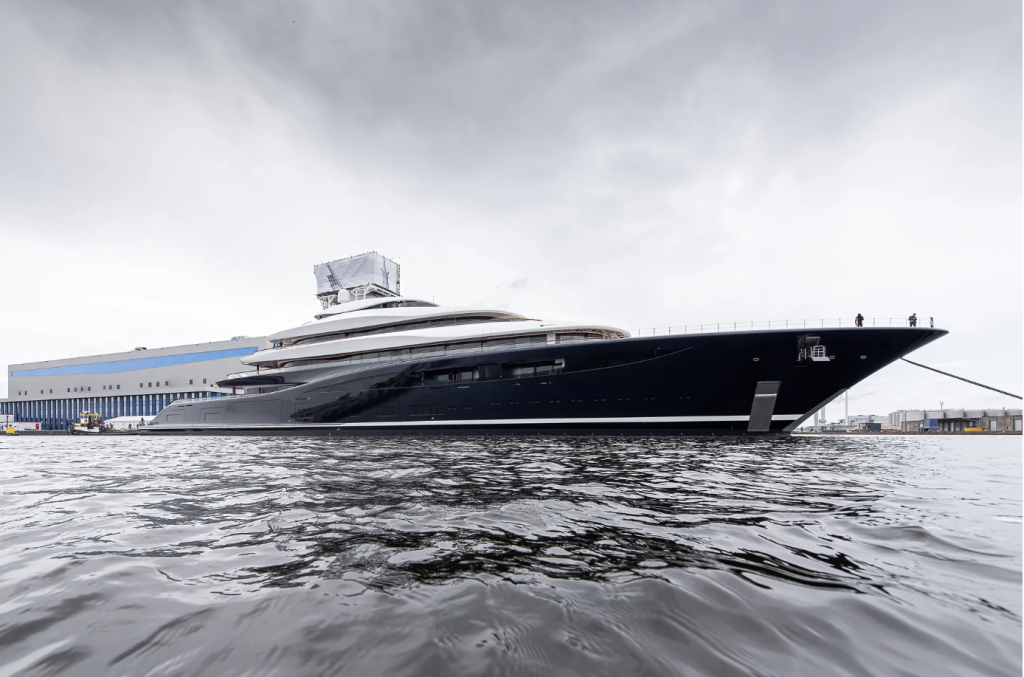In a groundbreaking development for the maritime industry, Italian shipbuilder Fincantieri and Swiss cruise line Viking have unveiled the world’s first cruise ship powered by liquid hydrogen stored onboard. This pioneering vessel, named Viking Libra, is currently under construction at Fincantieri’s Ancona shipyard, with delivery anticipated in late 2026. This has been long in the making but very good to see this public announcement. It is another confirmation of the role liquid hydrogen can play in maritime transport.

The Viking Libra represents a significant advancement in sustainable maritime technology. With a gross tonnage of approximately 54,300 tons and a length of 239 meters, the ship is engineered to operate with zero emissions. Its state-of-the-art hydrogen propulsion system, combined with advanced fuel cell technology, is capable of generating up to 6 megawatts of power.
A notable feature of the Viking Libra is its innovative approach to hydrogen storage and utilization. The vessel will incorporate a containerized system designed to load and store hydrogen directly onboard, effectively addressing existing supply chain challenges. This hydrogen will fuel a polymer electrolyte membrane (PEM) fuel cell system, specifically optimized for cruise operations and developed by Isotta Fraschini Motori (IFM), a subsidiary of Fincantieri specializing in advanced fuel cell technology.
Torstein Hagen, Chairman and CEO of Viking, expressed pride in this environmental milestone:
“From the outset, we have designed our river and ocean ships thoughtfully to reduce their fuel consumption, and we are very proud that the Viking Libra and the Viking Astrea will be even more environmentally friendly. Viking made the principled decision to invest in hydrogen, which offers a true zero-emission solution. We look forward to welcoming the world’s first hydrogen-powered cruise ship to our fleet in 2026.”
Expanding the Fincantieri-Viking Partnership
In addition to the Viking Libra, Fincantieri is constructing the Viking Astrea, another hydrogen-powered vessel scheduled for delivery in 2027. This initiative underscores Viking’s commitment to sustainable cruising and marks a significant step toward reducing the environmental impact of maritime travel.
Further strengthening their collaboration, Fincantieri and Viking have signed an agreement for the construction of two additional cruise ships, set for delivery in 2031. This contract includes an option for two more vessels and is based on the successful design features of previous units built by Fincantieri for Viking. These new ships will comply with the latest environmental regulations and incorporate modern safety systems. Positioned in the small cruise ship segment, each will have a gross tonnage of about 54,300 tons and accommodate 998 passengers across 499 cabins.
Pierroberto Folgiero, CEO and Managing Director of Fincantieri, highlighted the significance of this partnership:
“With the Viking Libra, we are not only delivering the world’s first cruise ship powered by hydrogen stored on board, but we are also reinforcing our commitment to shaping the future of sustainable maritime transportation. Furthermore, we are thrilled about Viking’s decision to expand its fleet with the order of two additional ships, which reaffirms the strength of our partnership and the trust placed in our expertise.”
Pioneering Sustainable Maritime Transportation
The launch of the Viking Libra signifies a pivotal moment in the cruise industry’s journey toward sustainability. By integrating hydrogen fuel technology, Viking and Fincantieri are setting new standards for eco-friendly maritime operations, paving the way for a future where zero-emission cruising becomes the norm.
As the maritime sector continues to seek innovative solutions to reduce its environmental footprint, collaborations like that of Fincantieri and Viking exemplify the transformative potential of embracing green technologies. The Viking Libra and its sister ships stand as beacons of progress, heralding a new era in sustainable sea travel.




